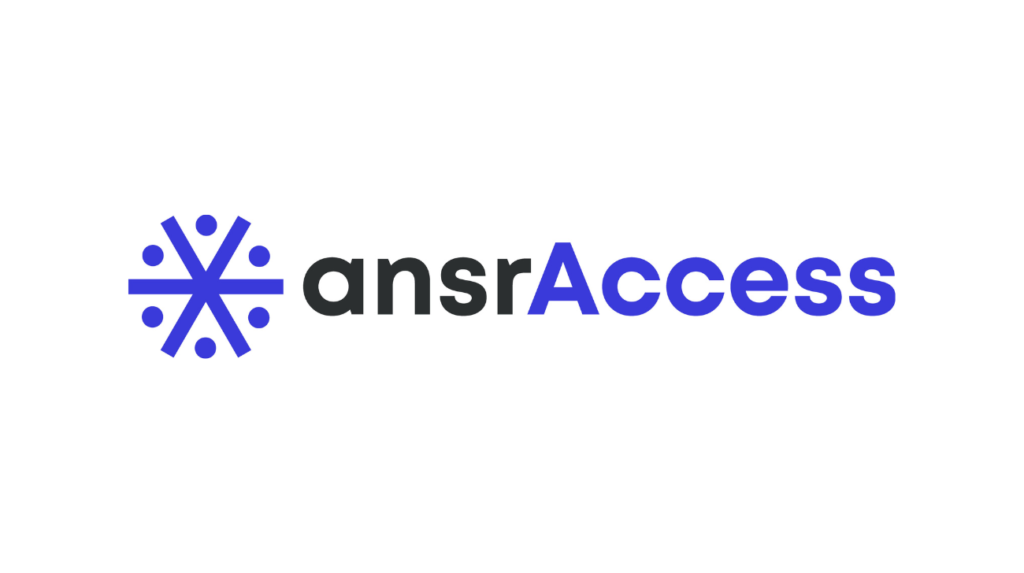Accessibility means different things to different people, but there can be no debate about its importance in the e-learning industry. Though there are many aspects to accessibility, this article will focus on writing accessible content for visually challenged learners.
According to the Centers for Disease Control and Prevention, one in every four adults in the US lives with some type of disability. Out of this group, 4.6 percent of adults are blind or have difficulty in seeing. Many of them are learners and have the right to fully access all learning content that their courses require them to. Since learners with visual disabilities use assistive technology like screen readers, content needs to be written keeping this in mind.

How do you make your writing accessible? Are you doing enough to make sure that learners using assistive technology will be able to consume your content easily? If you’re not sure, here are some things to keep in mind while writing.
Clear content structure: Whether it’s an article, a case study, or a course, content needs to be organized thoughtfully and logically. The introduction should clearly outline what the reader can expect from the rest of the material and the order in which information will be shared. Headings and subheadings indicate a clear hierarchy within the content, making it easier for all learners to understand the structure. When you organize you content with appropriate headings and subheadings, the underlying code will allow screen readers to call them out, enabling learners to understand the order in which the content is presented, skip topics they already know, and move to topics they want to know more about.
Simple writing style: Keeping the language simple and jargon-free goes a long way in making content inclusive. If something can be said in five words, don’t use six. When you want to emphasize words, use punctuation instead of bold or italics. A learner using a screen reader will miss the emphasis if the cue is entirely visual. If you need to use difficult words, be sure to include an explanation for them.
A general rule of thumb is to use active voice and keep the reading level lower than the tenth-grade level. You can check the readability level of your content online, and it’s a good idea to include that check before you finalize your content.
Alternative text: All images, graphs, or charts that add value to your content should be accompanied by alternative text or alt text descriptions. These descriptions replace the image for a learner with visual impairments. Alt text should include all the information that the image would convey to a sighted learner. However, do not include additional conclusions and interpretations that learners would be expected to arrive at on their own.
You should also avoid color or shape references while writing these descriptions (or for that matter, while writing any content) as those are of no use to a learner with visual impairments. Here again, it’s best to use images that are doing more than reiterating what is already included as text. If you use images purely for decorative purposes or if all the content in the images is covered in the accompanying text, they do not need descriptions, but you should mark them as decorative.
Use of audio and video: If your content includes videos, add captions for the audio elements, create transcripts, and include text descriptions of what’s happening onscreen. Captioning helps learners who are unable to hear by displaying what is being spoken as onscreen text. Audio descriptions, on the other hand, describe what is happening in the video for learners with visual impairments. If you have audio-only content, include a transcript.
Here are a few things to avoid when you want to make your content accessible.
- Repeating information: Don’t provide the same information in different ways as this confuses learners who use assistive technology.
- Linking to a complete URL: Screen readers read out each letter of a web link, so copying the link as-is would unnecessarily burden the learner. When adding links, include a description of the information the link will provide in the link text. For example, say “Click here to learn more about XYZ” instead of pasting the web link directly.
- Using directional language: Avoid directional language, such as ”refer to the table on your right” or ”click on the link below the image.“ If the learner needs to refer to a link or image, it’s best to include the link right after the reference, instead of asking the learner to navigate in a certain direction.
- Using tables: Use as few tables as possible. Although screen readers can read tables, it’s easier for learners if the information is shared as text or in a list.
Quick tip: If you’re using Microsoft Word, you can use its Check Accessibility feature in the Review tab, which includes recommendations for fixes, as well.
While this may seem like a lot of things to remember, it’s worth the effort you put in. An important question to ask yourself is: if I couldn’t see the visual cues and images, would the content still convey the same information? If the answer is yes, you’re good to go. If not, take another look at your content, keeping the points in this article in mind. Your content has a much wider reach when it is accessible and every learner who wants to access it can do so.
This post was originally published on ATD’s blog page on December 13th, 2019.



